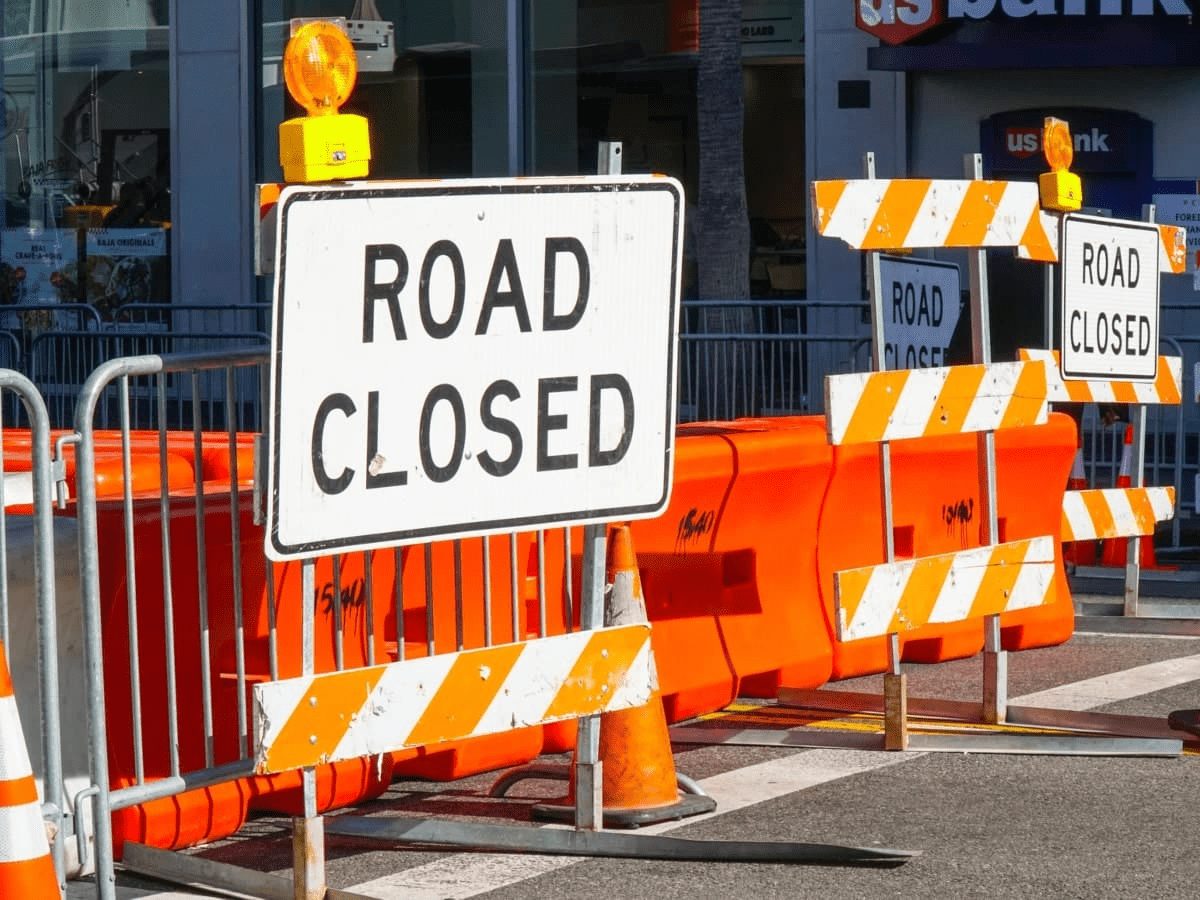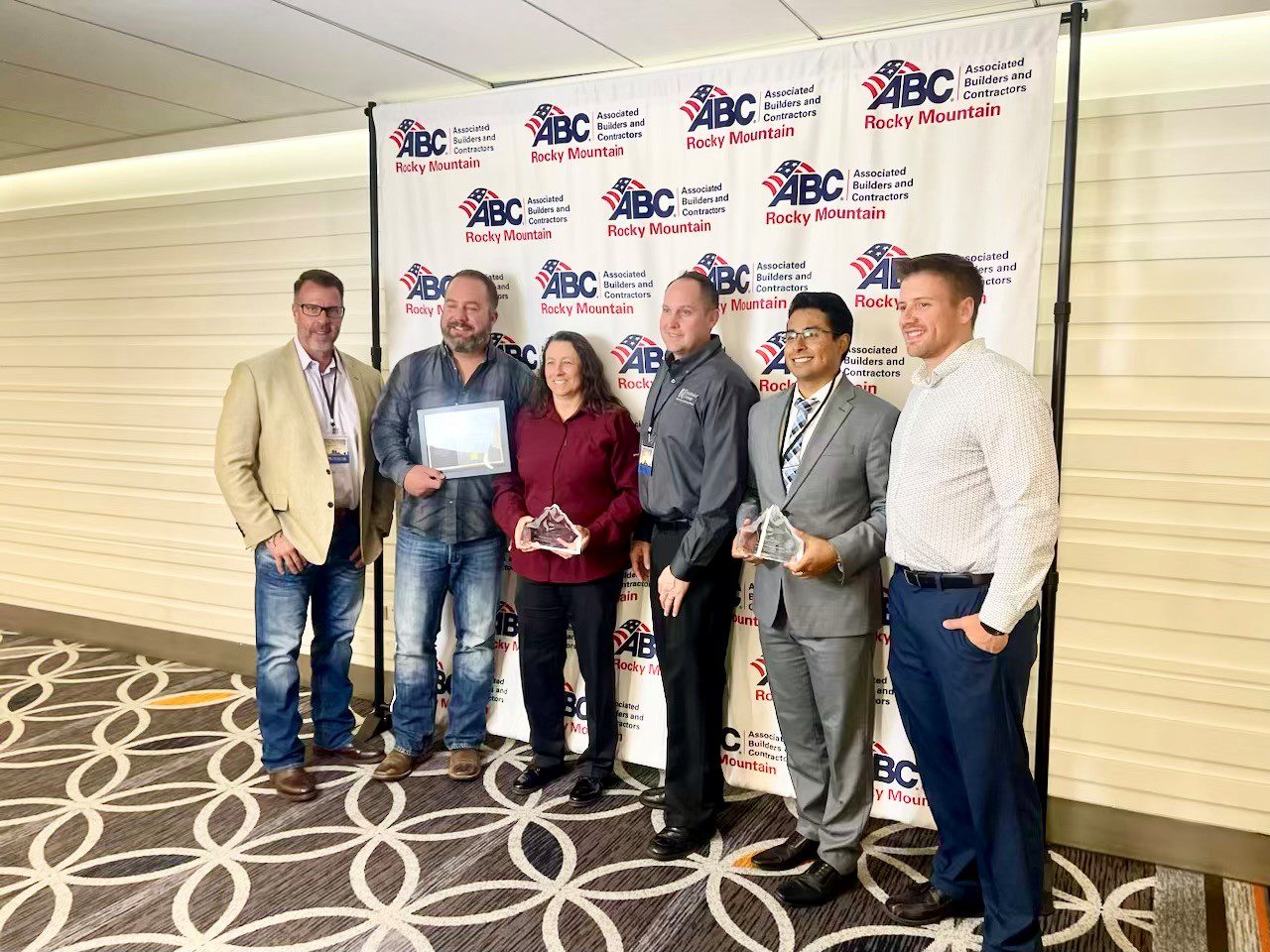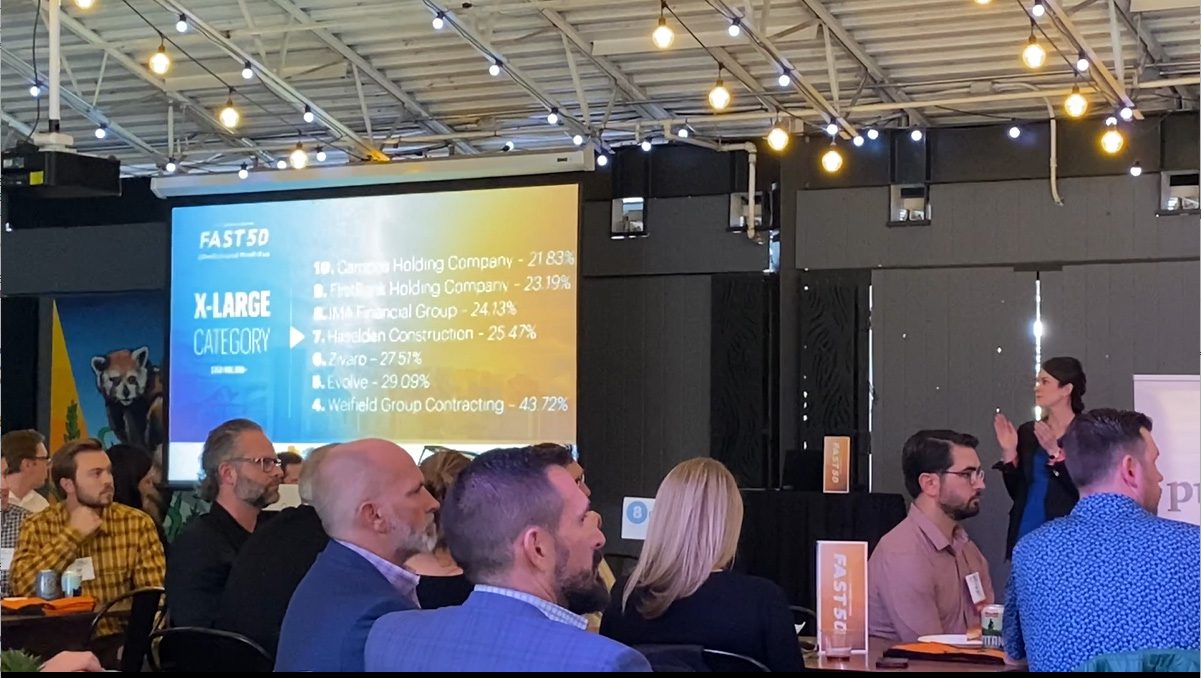As we know, construction work is inherently dangerous. Workers are often exposed to struck-by hazards from falling objects. These incidents can result in workers sustaining serious injuries or even death. Each of us can help reduce the number of falling objects on construction sites by implementing effective safety measures.

Planning ahead and determining what safety measures are best for your project is the first step of many towards effective hazard mitigation and control. Proper planning is especially important when working at heights where there is a potential for objects to be dropped to lower levels.
The following are examples of safety measures in escalating levels of protection:
Guardrails: Must include top rails, midrails, and toe boards. Relatively easy to assemble and disassemble. Requires proper maintenance. Toe boards in particular help prevent small objects from rolling over the edge.
Opening protection/prevention: The best remedy may be to eliminate the hazard altogether and try to prevent anything from falling.
Overhead Protection/Covered access: Provides better protection than the above methods. Takes longer to assemble and disassemble. Can be used in conjunction with other protection methods.
Conex’s: Stronger, difficult to move, and requires lighting inside. You also have to consider if it is strong enough for what may fall.
Walk-through frames/scaffolds: Take longer to build/assemble. Higher costs overall. Offer long term protection of walking paths. Potential hazards include fire/arson, slips/trips/falls, water/ice accumulation.
Fencing: Provides strong protection to help block, deflect, and even stop a dropped object.
Barricade – Danger Tape: Quick and easy to install. Typically used to delineate work areas. Requires continuous maintenance. Often ignored by workers and the public. Offers very limited protection
Housekeeping and toe boards: Maintain work areas clean and free of clutter. Remove unused equipment and materials. Ensure that the housekeeping program is continuous and effective
Debris Nets: Higher costs. Difficult to install and test. Higher maintenance. Requires relocation to working levels. Requires engineering and development. Not effective stopping small objects.
Spotters: Least effective means to protect workers from falling objects. You should consider using spotters only when it is not feasible to install barricades or other methods of protection. Spotters may be exposed to struck-by hazards themselves. When conducting work at heights, evaluate all struck-by hazards on the jobsite. Use the guide above to choose the best option to mitigate any identified hazards.
Respect all barricades on the jobsite! ‘Until next time…Work Safe & Be Safe!’




